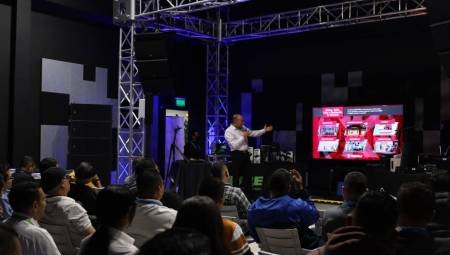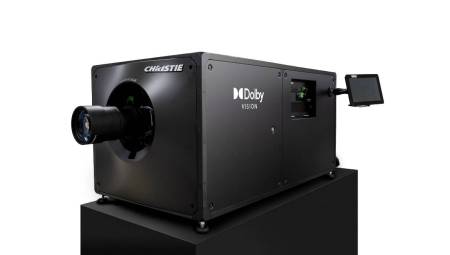 Latin America. Several factors can affect the quality of the image projected on a screen: the projector, the material of the screen, and the ambient light.
Latin America. Several factors can affect the quality of the image projected on a screen: the projector, the material of the screen, and the ambient light.
The light in the room can really ruin the quality of a projected image, since it eliminates all the details.
Each projection screen manufacturer offers multiple materials. The correct selection depends on several factors.
If the ambient light of the room can be controlled, a smooth white material is the preferred option. There are several white surfaces available with different finishes.
If the goal is to project 4K images, consider the smoothest material available, regardless of gain. The gain to be selected will depend on the amount of light emitted by the projector.
If the ambient light of the room cannot be controlled, it should be considered a dark material. There are multiple dark materials available. A gray surface might be enough, but in some cases, there is too much ambient light, with ALR (Ambient Light Rejection) material being the best choice.
If the goal is to hear the sound coming from behind the screen surface, an acoustically transparent woven material is the right choice. Other options are perforated and microperforated materials. There are options of white and gray transparent acoustic material. The correct color to select depends on the conditions in the room.
I've heard many times, "I don't need a projection screen, I can project on the wall" I disagree. A painted wall will never be as smooth as it should be to get the best possible projected image.
Text written by the company AVITECH Plus.















